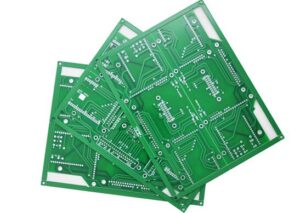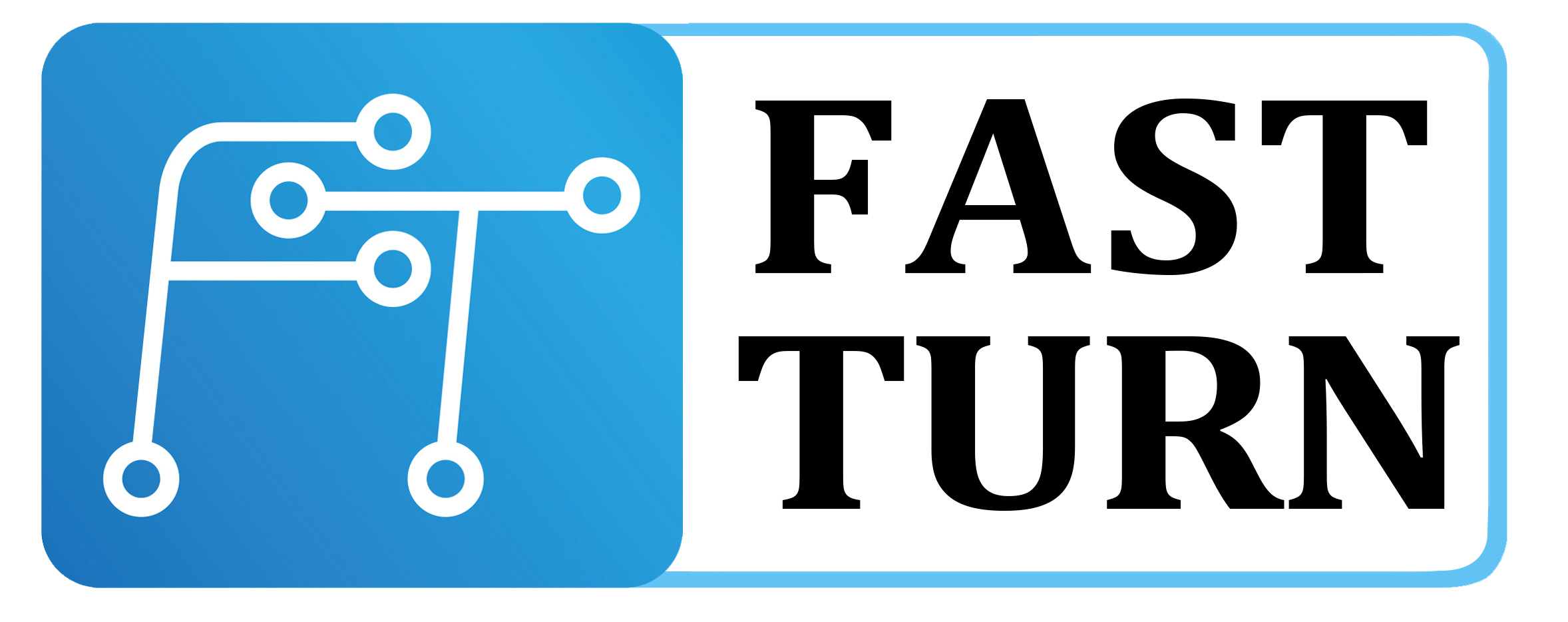NEWS

The importance of blind buried hole technology
The impact of blind buried hole technology on electronic equipment manufacturers is multifaceted. It not only improves the performance and reliability of products, promotes miniaturization and integration of products, but also optimizes production processes, reduces costs, and enhances the market competitiveness of enterprises.

What is the difference between wave soldering and manual soldering?
From the comparison between wave soldering and manual soldering, we can see that wave soldering has many advantages such as good soldering quality, high efficiency, strong flexibility, low defect rate, less pollution, and diverse soldering components. It is the best choice for high reliability electronic product PCBA soldering.

The role of PCB coordinate files in SMT surface mount processing
PCB coordinate file is a file that contains precise positional information for each component on a printed circuit board. it records in detail the X and Y coordinate positions, rotation angles, and component numbers of each component on the PCB board.

Surface treatment process and applicable scenarios of PCB board
Different surface treatment methods have their own advantages and disadvantages, and choosing the method that suits the project requirements is a key factor in ensuring the performance and reliability of the circuit board.

Why does PCBA assembly require a BOM material list
The BOM table plays a crucial role in PCBA processing. It is a detailed list of all components and materials used on the PCBA, including the names, models, quantities, supplier information, etc.

Reasons for Welding Cracks in SMT Surface mount Processing
To reduce the risk of welding cracks, it is necessary to adopt good process control and quality control measures in SMT processing, including correct selection of solder, optimization of welding temperature and cycle, consideration of component layout and material selection, and regular quality inspection and testing. This helps to improve the reliability of welding and reduce the occurrence of welding cracks.

What is the number of layers on a PCB board calculated based on?
What are the calculation methods for PCB board layers? Calculating the number of layers in a PCB typically involves the complexity of the circuit, signal integrity requirements, and other specific design requirements

How long does it take to make PCBA samples?
The sample production cycle of PCBA is affected by factors such as design complexity, number of board layers, processing plant capacity, component procurement, and order volume. The sampling time ranges from several days to several weeks, and it is necessary to comprehensively consider each link and communicate with the processing plant to ensure timely delivery.

What is the difference between SMT surface mount processing and DIP plug-in processing
Surface Mount Technology (SMT) and Dual In Line (DIP) plug-in technology have become two common assembly processes in electronic product manufacturing. Although they are both methods used to connect electronic components, there are significant differences in process flow, applicable scenarios, and characteristics.

What steps do reflow soldering go through in SMT surface mount processing
In SMT surface mount processing, reflow soldering is a key step, including preheating, insulation, reflow, and cooling. Each step requires precise temperature control and timing to ensure welding quality.

Inspection steps for PCB board pre-processing
In SMT surface mount processing, PCB board pre-processing inspection includes appearance, solder pad pins, component silk screen inspection, cleanliness and anti-static treatment, and advanced testing technology.

Comparison between gold deposition process and tin spraying process in PCB manufacturing
In PCB manufacturing, immersion gold process and spray tin process are two common surface treatment techniques, and they have significant differences in multiple aspects.





